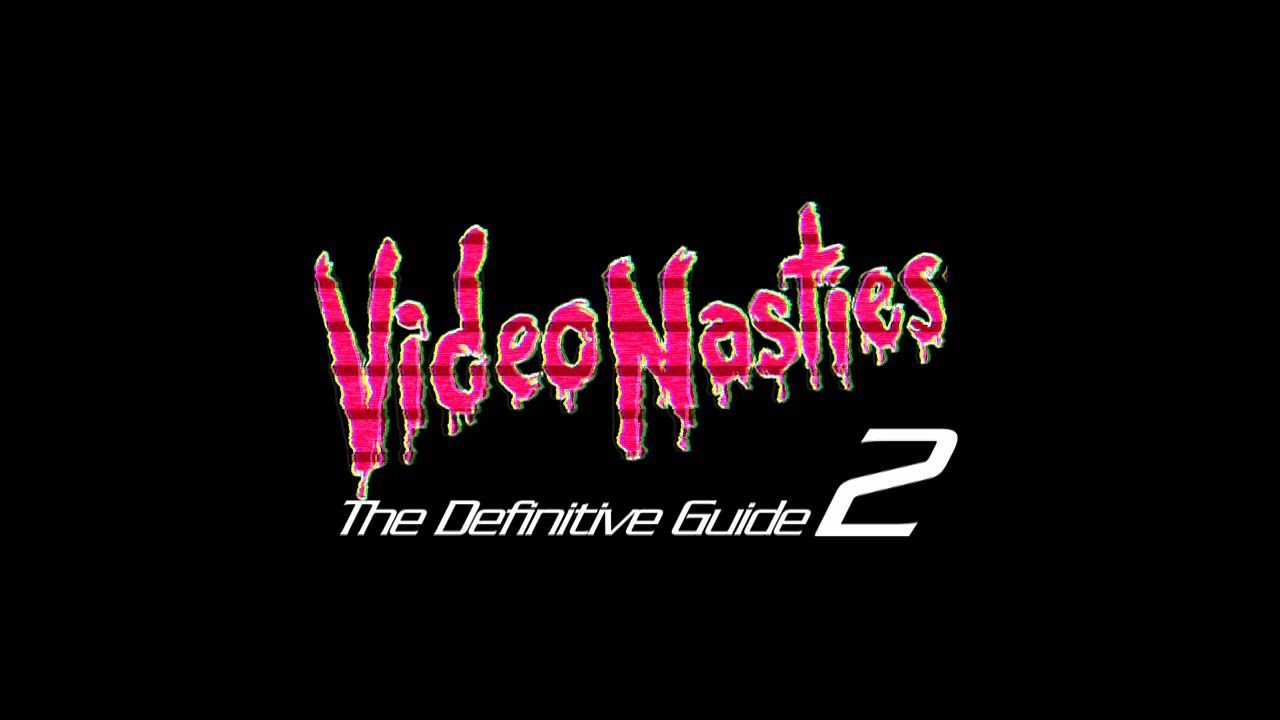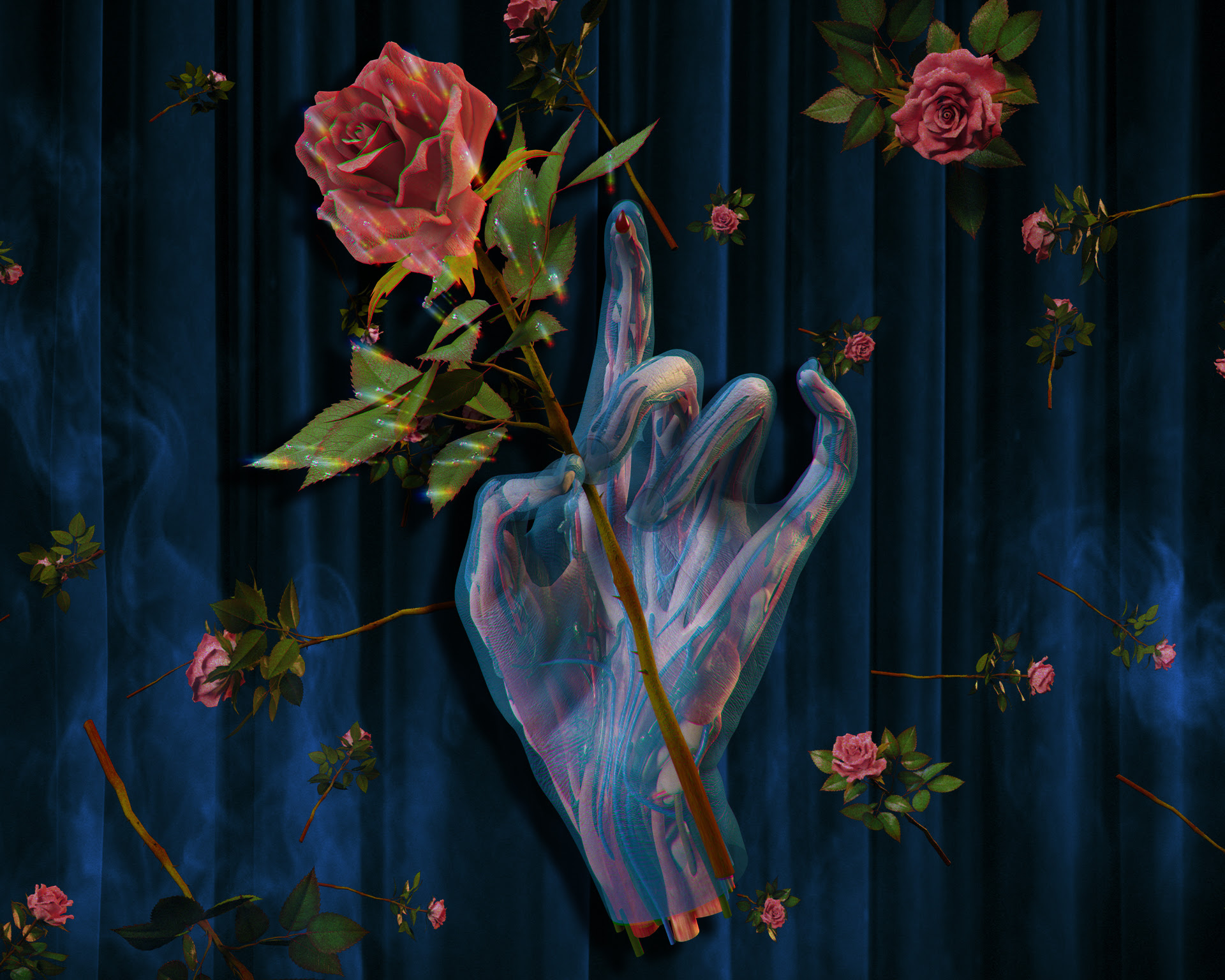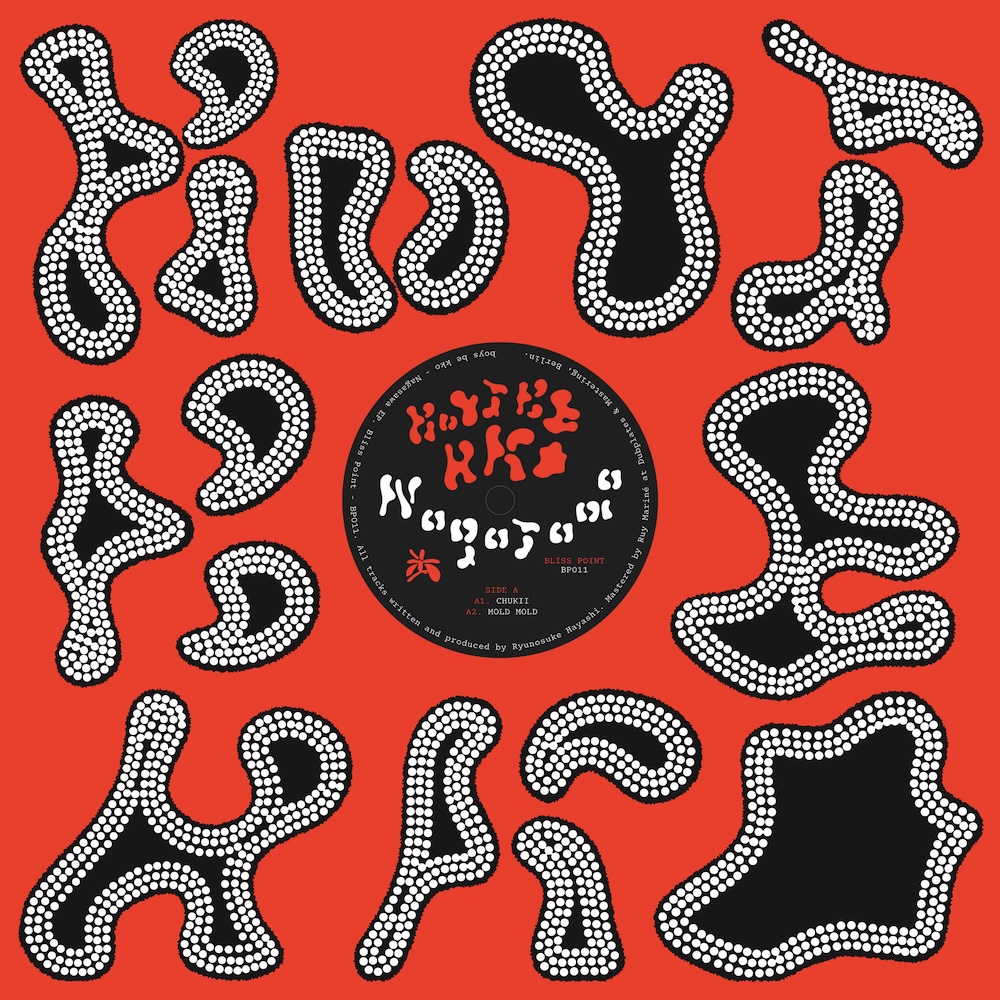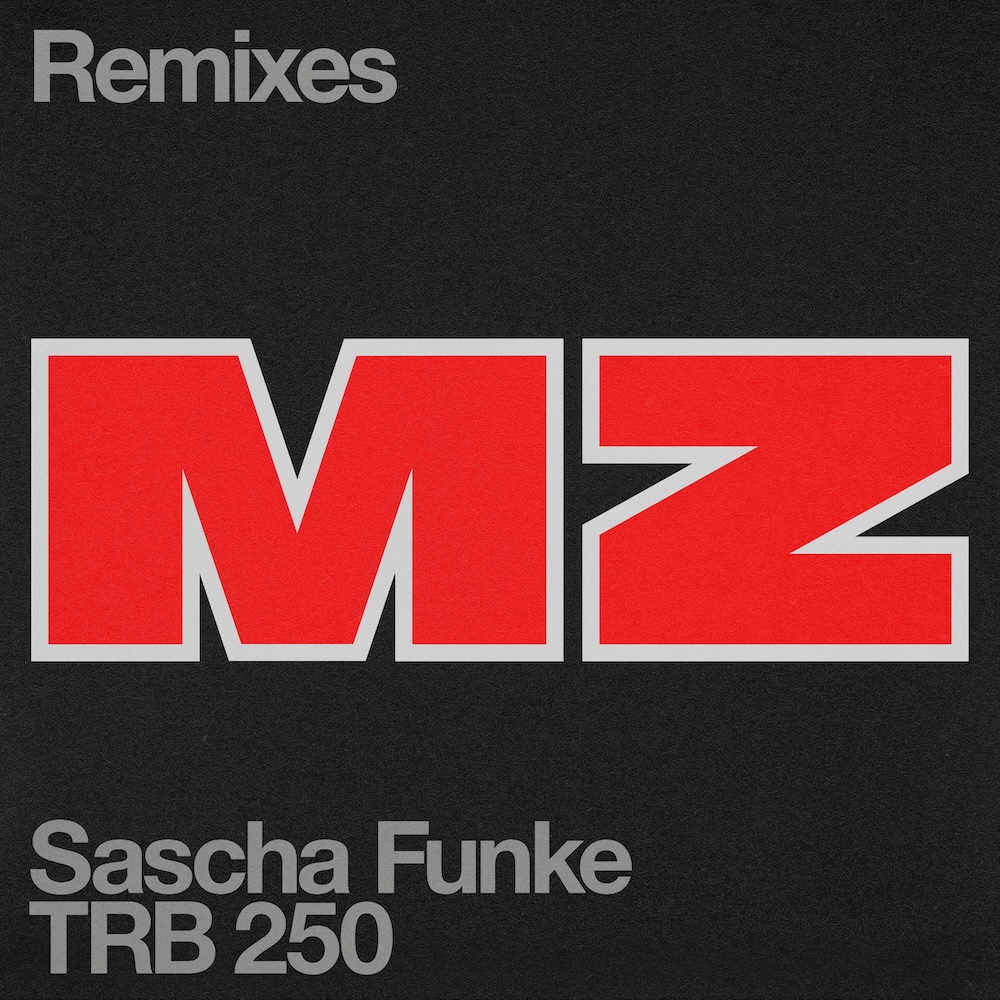Raygunesque #3: Video Nasties: The Definitive Guide 2

It's a mark of how much of an effect the video nasties had on the cultural psyche of the UK that, some 30 years on, the mere word "nasty" is as potent and instantly recognisable when referring to horror as ever.
The influence of that era in the UK is still clear, proving to be a fertile breeding ground for writers, filmmakers, bloggers, cultural commentator and numerous others.
Two of those filmmakers are Marc Morris and Jake West, the creative duo behind Video Nasties: The Definitive Guide 2, a three-disc DVD set just released on their own Nucleus Films imprint.
It follows a first package, Video Nasties: The Definitive Guide, and boasts a similar format. Each contains a feature length documentary charting the post-VHS problems with horror films, classification and the authorities, and two additional discs full of trailers of the original nasties, complete with introductions from academics, writers, horror aficionados and other experts.
Both are horror fans with plenty of experience in the business – it was the furore around nasties that drew them both in.
"In a way, we miss those days," says Morris. "I used to go to a lot of , that's how I amassed my collection. I'd get a Travelcard, go to the dodgiest area, I could find and see what they were selling off. It was like a voyage of discovery."
He began stumbling across films that had fallen foul of the BBFC, such as The Sadist. "We had no idea what we were going to watch," he notes.
The legislation inadvertently brought in a raft of changes and outlawed a lot of films that weren't necessarily horrors. "It wasn't only the video nasties," says Morris, "it was arthouse stuff. John Waters films, anything. There were psychotronic films, women in prison films, blaxploitation films, a lot of it was out of the mainstream. I remember a friend telling me about Nightmares In A Damaged Brain, it had been banned, I saw it in a shop they said I could have it for a fiver. So I started buying things."
The first Nasties documentary in the first package, 2010’s Moral Panic, Censorship And Videotape, grew from an initial idea to put together trailer compilations celebrating the days of the nasty.
"When Marc and I started Nucleus Films, we started making extras [for other clients], we then decided to start releasing our own films," explains West. "Then we thought wouldn't it be good to do a trailer compilation? Then we thought why don't we do our own extras? The first documentary started as a side product and as we got more and more into it, it became a much bigger piece of work.”
The one featured on Video Nasties 2 is entitled Draconian Days. It looks at a far fuzzier, post-1984 landscape, where the whole deck of cards could have come crashing down again at any time. The threat of increased censorship for horror films was never far from the top of the agenda, as horror films and videos and a whole lot more, were blamed for any social problem. And there, at the helm of the BBFC, was James Ferman, an increasingly isolated figure in charge of censorship, or rather classification and certification, in the UK.
Ferman was the man who singlehandedly decided to liberalise pornography but, at the same time, would still baulk if anyone tried to use the word "chainsaw" in a film, let alone have one on the movie itself.
It's a story that's often untold, with pundits instead preferring to talk about the initial outcry.
Even Morris and West were unsure if it was a story they wanted to tell.
"The first one did very well," says the former, "FrightFest were hassling us to see if we wanted to do a follow up, we weren’t interested."
But after looking at a timeline, they could see a storyline developing, how at the same time as horror being vilified in the press and hacked to bits on video, blamed for causing, say, the Jamie Bulger killing, which led to a genuine possibility that all 18-rated films may be banned in the 1990s, a real underground movement was developing, one that now sees events such as FrightFest at its core and spreads through video and film distributors, record labels, poster design and more. "It all just came together," says Morris.
"We had to find a few focal points," he explains. "There's the Michael Ryan thing [a madman went on the rampage with a gun in the town of Hungerford, the press blamed it on the fact he was a fan of First Blood and Rambo], press picked up on it. Ferman is a central focus – horror fans would say he was cutting too much, the press were saying he wasn’t cutting enough. He had to balance the scale between horror fans and people who wanted to ban anything."
"It's a really interesting period, there are a lot of stories to tell," concurs West. “James Ferman is a man of so many contradictions, on the one hand he was a filmmaker, on the other he was a censor, he got drunk on his own power.”
There are a wealth of contributors, from within and around the industry, from both sides of the fence too (anti-horror former MP Graham Bright among them, the likes of filmmaker Nigel Wingrove, the only man in the UK to have had a film outlawed for blasphemy), with fact and anecdote sitting easily alongside each other.
It brings out both the humour and ludicrous nature of many of the scare stories and anti-censorship lobby in general – think Mary Whitehouse surrounded by greased up Rambos in a hilarious clip – as well as sensitively handling some of the more tragic elements, such as the senseless killing of Jamie Bulger.
“It was great to see an audience enjoying the documentary,” West said, after the film aired at London’s Prince Charles Cinema in a special FrightFest presentation. “But people were also really disturbed by some of what happened.”
Where it often succeeds is in maintaining its balance despite its makers’ own position as horror fans. It’s aided by a lack of voiceover in the film. It may have made editing more arduous, but it lets its subjects tell the story from their perspective.
“As a filmmaker would have been easy to say I hate censorship, easy to do a hatchet job,” says West, “but it's about film history as well. We have sympathy with horror fans, we are horror fans, but we didn’t want didn’t want it to feel biased.
“We lived through those things, grew up with that. It gave us a living insight into what the doc was about,” he adds. “Me, growing up, I was affected by it. And I remember very clearly the Ryan and Bugler killings, We didn't want to bias the doc just because we’re horror fans.
As for the two discs' worth of trailers, these contain a whopping 82 teasers for films, complete with introductions from a wealth of experts and enthusiasts. The films fall under Section 3 of the Obscene Publications Act as decided by the Director of Public Prosecutions. They were never prosecuted but were deemed to be potentially fall foul of the law and were removed from the shelves. It takes in everything from Abducted to Zombies Lake taking in everything from the obscure, to mainstream staples which should never have been on there (The Thing, anyone?), by way of video shop favourites, such as The Hills Have Eyes, Inseminoid and Xtro. There are plenty of familiar names, Suspiria, Phantasm and Scanners among the, many of which highlight the ridiculous thinking from the powers that be – some of them were films that had barely raised an eyebrow with censors.
So why is there still the obsession with this era, with films from the 70s and 80s which featured splatter gore and more? Morris and West are as qualified as anyone else to comment on this. The former alone has a collection of some 10,000 films (“VHS, 35mm, 8, my missus is trying to get me to get rid of it”).
As he concludes: “For a lot of people it’s not an archive medium. There are a lot of collectors out there. VHS is big in America, there are a lot of limited edition VHS releases, there’s a whole new underground. In America, they’re really interested [in the UK nasties furore]. They want to watch the banned films even though they were on US cable in the 1980s.
“The VHS thing is not like a vinyl thing – VHS is rubbish, after all. It’s really big, with these chunky boxes. But the artwork was great. Fans [in the UK] will have been taken to the video shop with their parents, they remember seeing them on the shelf when they were kids.”
West adds: “I think it’s because perhaps it’s something that touches people, personally this is something within their living memory. Like your parents’ generation remember being in an air raid shelter. Different access points. Maybe first nasties scare, or news of the Ryan killings. It’s within their living memories. When they learn from other perspectives, find out more about a story they were involved with. Definitely an interest within living memory.
Video Nasties: Draconian Days ends in 1999 (this writer vividly remembers the BBFC cancelling staff holiday to man the phones on the day it was announced The Exorcist was getting its first ever official post-1984 release, the anticipated Mail-led backlash failed to materialise), both Morris and West insist there won’t be third.
“A lot the films have come out on video, partly because Ferman wasn’t around and the BBFC has become much more accountable,” says Morris. “It’s much more approachable, it’s really opened up.”
Tim Murray has worked in and around the film and video industry for more than 20 years, predominantly as a trade journalist, and has written for everyone from Screen to Faith Fanzine. He's also organised screening programmes at Horse Meat Disco and is currently writing and publishing his own trade newsletter and website The Raygun.


















Must Reads
David Holmes – Humanity As An Act Of Resistance in three chapters
As a nation, the Irish have always had a profound relationship with the people of Palestine
Rotterdam – A City which Bounces Back
The Dutch city is in a state of constant revival
Going Remote.
Home swapping as a lifestyle choice
Trending track
Vels d’Èter
Glass Isle
Shop NowDreaming
Timothy Clerkin
Shop Now